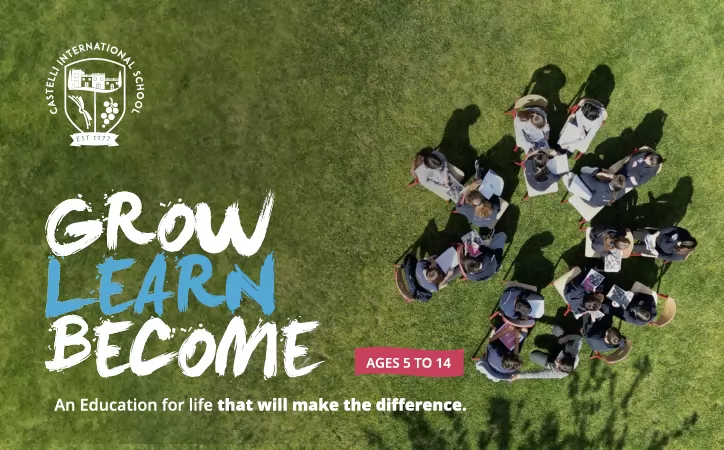The changing politics of social centres
A dark stone fortress looms in the shadows beyond an unmarked dirt parking lot. After crossing a bridge and walking through a dark tunnel one is greeted by a number of stray dogs and hippies with piercings. They are some of the illegal occupants of this former military fortress. Tonight they have invited a documentary film director to lead a question-and-answer session after the screening of his film about the fast food culture of the United States. Admission is free and the place is full. This is Forte Prenestino, one of 150 centri sociali (social centres) that exist in Italy. They are the last remaining places that are free from both market and state control, making them popular venues for art and music, and outlets for those with left-leaning political tendencies.
In 1970, a group of left-wing students set up the first social centre with support from the Italian Communist party. This non-profit, self-governing social centre provided alternative culture as well as help for political refugees. Most social centres in Italy continue to uphold the political ideals of the original founders, remaining self-managed cooperatives.
Forte Prenestino was a military fortress in the 19th century and has been occupied since May 1986. It is one of the largest and most active social centres in Italy. Although still considered an illegal occupation, it provides water, electricity and internet access to its residents and members. Forte Prenestino is located in the suburban neighbourhood of Centocelle, named after the 100 prison cells that still exist in the basement of the fortress. These cells have been converted, amongst other things, into music studios, a gym, drawing rooms, a darkroom, a screening room, a graphic design studio, a bookstore, a tattoo studio and a brewery. They fund themselves by hosting events such as lectures, film screenings, art exhibitions and concerts, for a small fee.
Many bands touring in Italy prefer playing at social centres rather than at other clubs or bars. The musicians of the American band Fugazi say they appreciate the support of the audience that comes out to see them at social centres, and they wish there were more alternative spaces like these in America,
Although the concerts have become more expensive in recent years, 6 as opposed to 3, they have not become less crowded. Recently, when the 1980s German cult band Einstrzende Neubauten came to the Villaggio Globale in Testaccio, no one expected a big crowd. But there wasnt an inch of empty space. One attendee, Alessandro Biagoli commented: Normally I like going to social centres for concerts but this one was so crowded that it was uncomfortable.
The premise of the Villaggio Globale is to encourage internationalisation and discussion between cultures. Originally occupied by a group of immigrants, in the last ten years about a million Italians and foreigners have participated in the cultural events held in the area next to the building, Campo Boario. This social centre is an example of converting old locations that have fallen into disuse. Once a part of Romes former slaughterhouse it is now a place that encourages social solidarity and international integration, all through self-financing. The Villaggio Globale has given an indisputable imprint to the whole of Testaccio, once a low-income housing area.
Most of the social centres across Italy are still squats, abandoned buildings occupied illegally. But in recent years, as they have become more fashionable, some centres have begun to collect money from outside sources changing their political and legal status. One such centre is Brancaleone, off Via Nomentana in Monte Sacro. Although its events are still listed alongside those of other self-managed social centres, Brancaleone was required to change its title to cultural centre because the abandoned mansion is now receiving city subsidies and paying rent. It has been transformed from a self-managed cooperative into a trendy night-club with a high-tech sound system and movie theatre. Along with the change of appearance, the crowd has also changed. Rather than a place to discuss politics, Brancaleone more closely resembles a singles hangout.
Another social centre whose clientele has recently changed is 32, located in S. Lorenzo, an area between Porta Maggiore and the Verano cemetery, close to La Sapienza university. 32 is the address of a building previously entirely occupied by squatters. Now that S. Lorenzo, once home to Romes railworkers, has become increasingly hip, the building has been bought and converted into apartments, and 32 seems to be nothing more than a restaurant without a political agenda.
Picture: The Villaggio Globale in Testaccio is located in Romes former slaughterhouse.






















